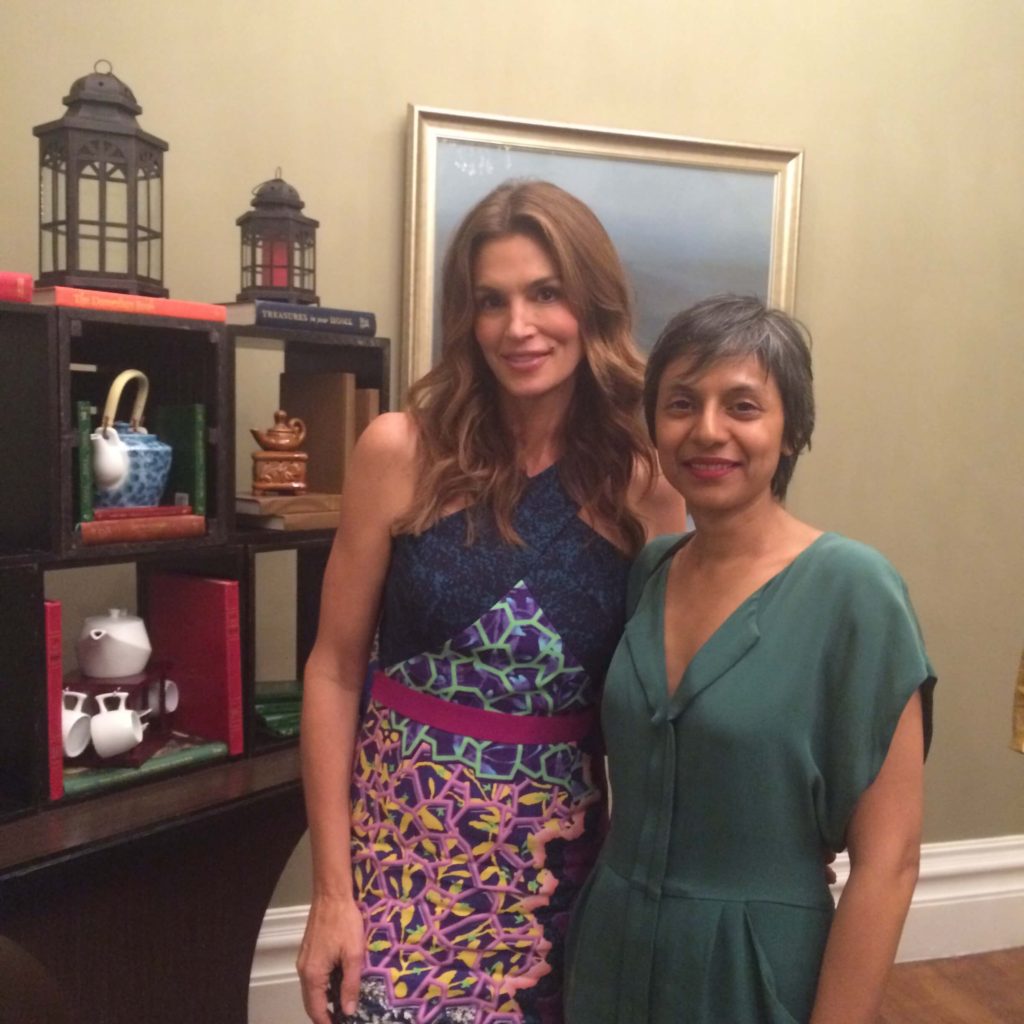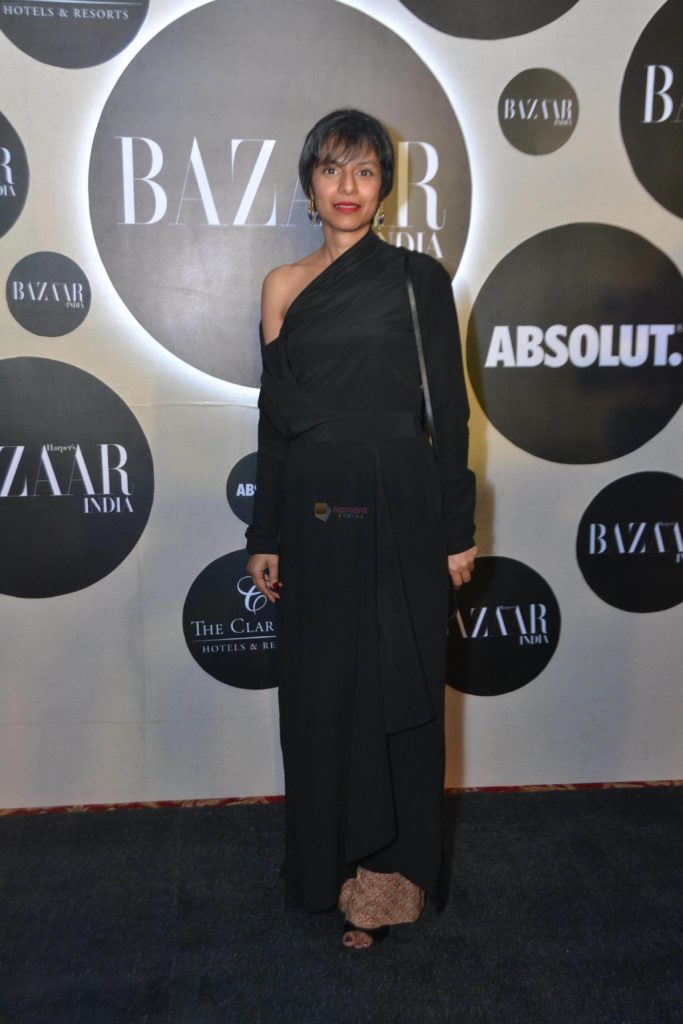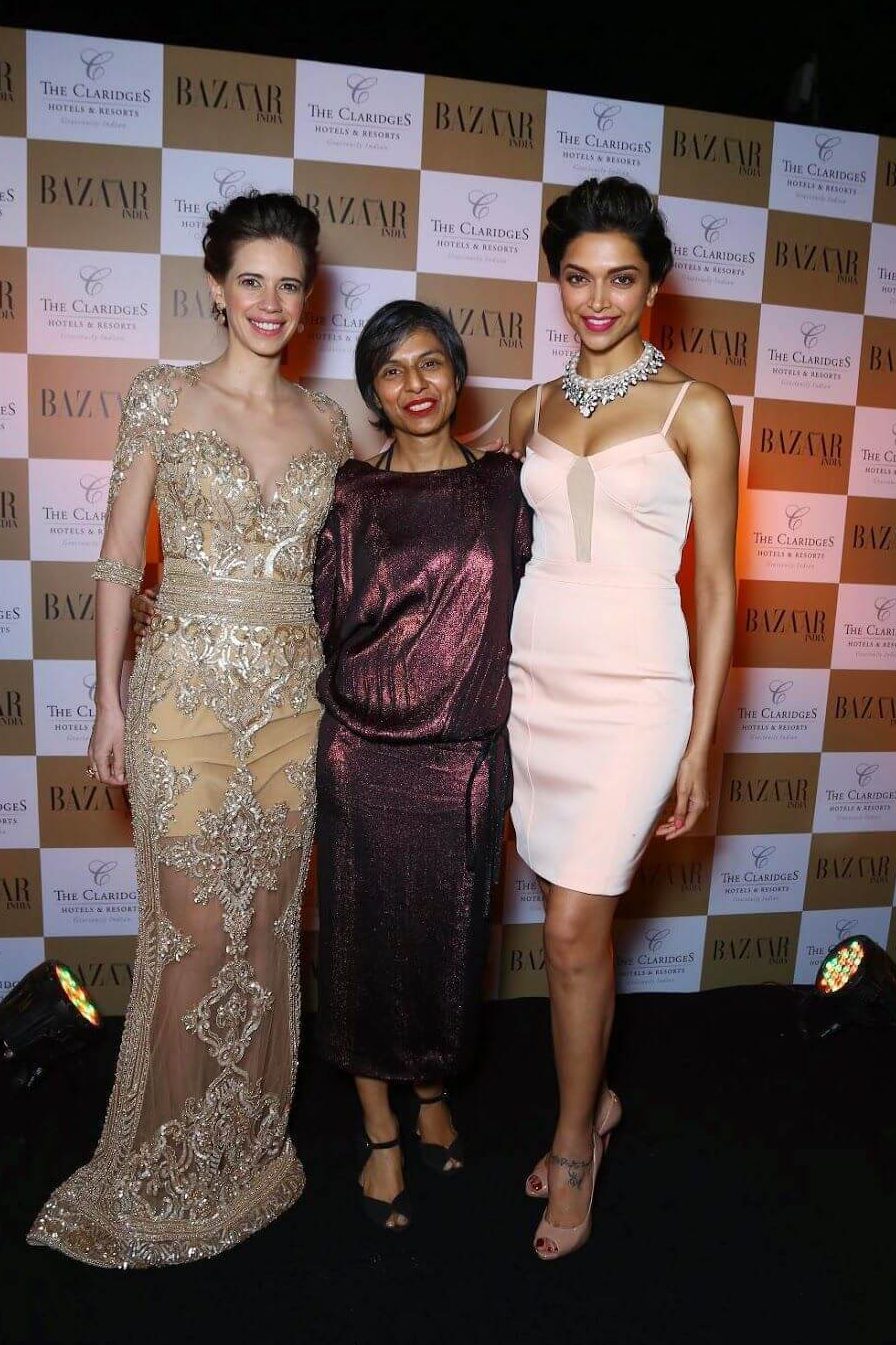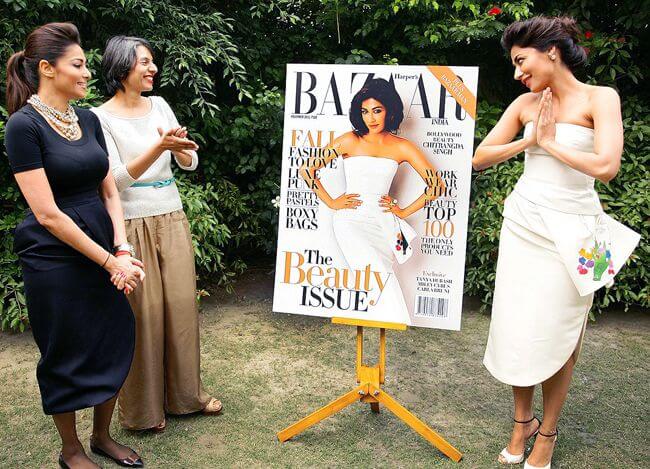
At Designers Door we have Nishat Fatima, who’s a photographer and writer from India. Combining her creativity with her sharp sense of detail, she helps give a fresh and new look to fashion journalism with her work.
Read along!
- What inspired you to take up fashion journalism?
I made a huge fuss about shoes when I was five, so you could say my interest in clothes and shoes started early. I started to read fashion magazines when I was 15 and had decided to study fashion design as I headed into my 12th. I did, in fact, study both fashion design and photography after completing a Bachelors in Psychology. In 2000, I fell into journalism without planning it and wrote about the things that interested me, which were fashion, film, food, travel, and design. After stints at Hyderabad Times, HT City and India Today Travel Plus, I joined Harper’s Bazaar first in 2008 as executive editor and later in 2012 as the editor.
- What was your first break as a fashion journalist?
My first job was as an assistant costume designer for the Tamil movie Kandukondain Kandukondain, which starred Tabu and Aishwarya Rai. Working on the movie gave me the clarity that fashion design was not the career for me (the results took too long) and so I decided to concentrate on photography, which I had started doing in college. I met the Hyderabad correspondent for Femina and she commissioned some photos from me for the magazine. This in turn led to my job as a features writer for Hyderabad Times, which makes it my first break as a fashion journalist.
- What should be the first step for aspiring fashion journalists?
An interest in fashion. A lot of people think that an interest in personal style/being an Instagram influencer/liking shopping is key, but fashion is a wide world. You need to know about clothing history, designers, models, photographers, art, travel, pop culture and influencers to be a fashion journalist.
- Do you think trends are important? Today expressing yourself is a trend, is it worth following?
This is such a wonderful question!
You’ve identified the fact that the fashion trend of the moment is not about clothes. Seriously, there will always be people searching to differentiate themselves from following trends, there will always be early adopters and late adopters and people who want to follow the trend. The fact is not that trends are important or not, but that they are ever present. They will always be there and there will always be people looking for the next best thing. So, no escape basically.
- What is your opinion on the struggles and risks imposed in the industry?
The struggle right now is to have a platform for fashion journalism as fashion magazines have lost much of their relevance and clout. I don’t know if there are risks, but maybe being too much at the mercy of advertisers.
- Should content be “likes” driven or opinion driven?
First, content is NOT fashion journalism. If it’s content, your brand defines whether it will be opinion- or likes-driven. Journalistic articles can be posted online to attract likes, but the principles of journalism still hold for it to be considered fashion journalism.
- Which are your favorite fashion journals?
I used to read fashion magazines cover to cover till about 2017 – my favourite was British Vogue edited by Alexandra Shulman, but also the British editions of GQ, Elle, Glamour, and Harper’s Bazaar as well as Vogue, Elle, and Harper’s Bazaar US, Spanish Harper’s Bazaar and French Elle. These days though I look at the fashion photography and Vogue Italia is currently my favourite.
- What three skills would you advise university students to develop which they can’t directly develop on their fashion courses, to help them in the industry?
How to research well online, how to write in their own words, and how to draw conclusions.
- What was your experience like in Harper’s Bazaar India?
It was an amazing learning curve for me both times that I was there. It’s both glamorous and very hard work. One part of it is editing a magazine, which includes planning stories, shoots, trends, writers, managing a team, finding talent, speaking to advertisers, and the other is going to fashion weeks and understanding design and designers. And you learn about these from different experiences.
- Can you tell us about a few highlights during your entire career?
Attending Jean Paul Gaultier’s farewell RTW show. Meeting Alber Elbaz, the designer at Lanvin, an incredibly inspirational person. The Fifth anniversary issue of Harper’s Bazaar, in which we featured 50 trailblazers. Also, writing the coffee table book about 25 years of Suneet Varma, which in a way was also highlighted the history of Indian fashion.

- What advice would you give to someone attempting to enter the same field?
Be really interested in both aspects of the craft: fashion and journalism. Educate and inform yourself about all aspects of fashion, and also master the medium in which you want to tell these stories. Finally, the effort you put in, whether in writing, research, scripting or video, it all shows. So don’t cheat yourself or your audience. Research and reach out to the people you want to work with. Sometimes it just takes one email.




